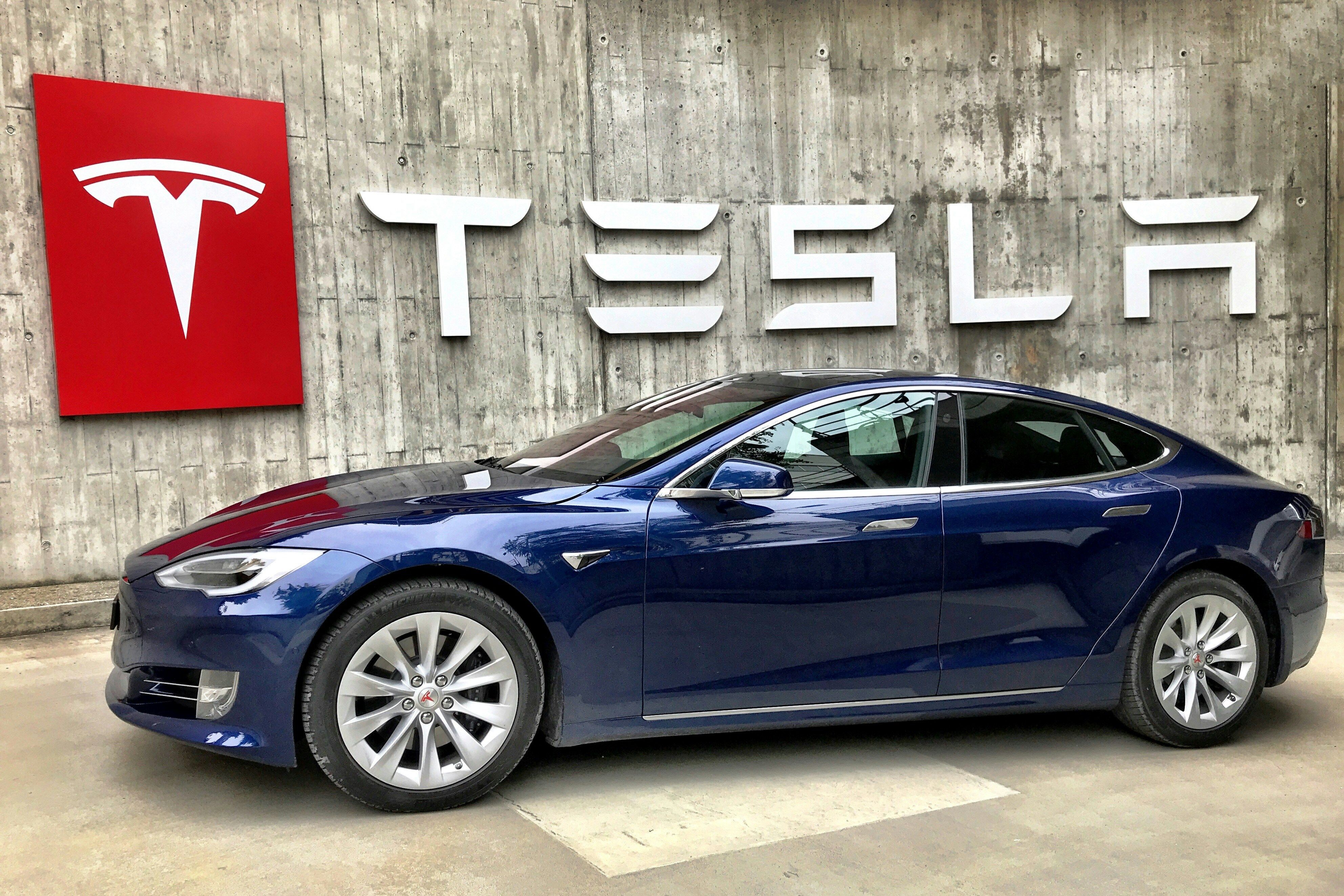Tesla, a titan in the electric vehicle (EV) industry, is currently navigating a challenging period marked by a significant downturn in profits and cooling demand. Recent financial reports reveal a stark 55% plunge in Tesla's profits, coupled with a decrease in consumer demand that has led to a drop in both vehicle deliveries and production rates. These developments have not only pressured the company's revenue growth but have also raised concerns among investors about the future trajectory of Tesla's market performance.
The Main Factors Behind Tesla's Profit Plunge

Photo by Michael Förtsch on Unsplash
Decline in Demand and Sales Volume
Tesla's recent financial woes can be significantly attributed to a notable decline in consumer demand and sales volume. The electric vehicle (EV) manufacturer has reported a troubling 8.5% decrease in quarterly deliveries compared to the same period last year. This drop has been compounded by manufacturing slowdowns, including production declines due to unexpected shutdowns at Tesla’s German factory following an arson-related power outage. Such disruptions have directly impacted the company's ability to meet sales targets, reflecting a broader cooling of demand for its vehicles. The consequence of slower sales is not just a setback in revenue, but also a swelling of vehicle inventory, which escalated from 15 to 28 days in just one quarter, signaling an oversupply driven by reduced buyer interest.
Increased Competition and Price Cuts
As Tesla faces a slackening demand curve, competition within the EV sector is intensifying, particularly in key markets such as China, where local manufacturers like BYD and newcomers like Xiaomi are offering economically priced alternatives. These competitors have started eroding Tesla's market share, compelling the company to implement significant price cuts across its range of vehicles to retain consumer interest and market competitiveness. Yet, while such price reductions may boost unit sales, they adversely affect profit margins. Tesla's operating margin has notably declined from 11.4% to 5.5% within a year, severely impacting profitability.
Financial Impact of Operational Challenges
Operational hitches have also significantly strained Tesla's finances. The arson at the German facility and logistic disruptions caused by geopolitical tensions have not just slowed production but have brought about substantial financial drains due to heightened operational costs and lowered output efficiency. Furthermore, the company's shift in strategy, delaying the launch of the anticipated low-cost Model 2 while accelerating more expensive futurist projects like the robotaxi, suggests a significant reallocation of resources that may not immediately translate into revenue.
Market Reaction and Share Price Dynamics

Photo by Aidan Hancock on Unsplash
Initial Tesla Stock Price Drop and Subsequent Movements
Tesla’s stock has experienced a turbulent phase, with a nearly 30% decrease in the first quarter alone. Following the announcement of decreased quarterly deliveries earlier in the month, the share price took a sharp downward turn. However, it saw a partial recovery after the profits announcement, likely due to the market's adjustment to the revised financial expectations and Tesla's strategic shifts towards more cost-effective vehicle production and advanced technologies like autonomous driving.
Investor and Analyst Expectations vs. Actual Results
Analysts had already tempered their expectations for Tesla’s Q1 performance, projecting a softened revenue and net income outlook. The actual results, marked by a 55% drop in profit and a similar decline in revenue, largely aligned with these revised forecasts, albeit leaving some investors disappointed with the sharper-than-expected decline in profitability. The stark reality of Tesla’s financial challenges has potentially realigned investor expectations regarding the company’s short-term growth prospects.
Long-term Implications for Tesla’s Market Valuation
Tesla’s current market predicaments, characterized by aggressive competition, operational inefficiencies, and a shifting industry landscape, pose significant questions about its long-term market valuation. While the company continues to innovate and push for market expansions, the immediate financial impacts and the potential for continued volatile market reactions could weigh heavily on its stock performance. The key to sustaining its market valuation will hinge on Tesla's ability to streamline operations, effectively manage market competition, and successfully commercialize its new technologies to boost profitability. Investors and market watchers will be keenly observing how Tesla navigates these challenges moving forward, making strategic adaptability and operational efficiency more crucial than ever.
Tesla's Strategic Adjustments and Future Projections

Photo by Tesla Fans Schweiz on Unsplash
Changes in Tesla’s Production and Development Strategy
Tesla's recent strategic adjustments reflect its relentless pursuit to adapt to the demanding and evolving EV market. Following a discernible downturn in production due to unexpected shutdowns, such as the arson-triggered closure of the German factory, and disruptions in shipment schedules, Tesla has been compelled to realign its production strategies. The company is now focusing on optimizing its existing production lines to enhance efficiency and output, rather than expanding into new facilities. This approach is aimed at mitigating the effects of slowed growth by cushioning the company against the variability in market demand and external disruptions.
Additionally, Tesla's pivot from developing new models like the anticipated low-cost electric vehicle to doubling down on high-profile projects like the Cybertruck and the robotaxi suggests a strategic shift towards vehicles that promise higher margins and market differentiation. This move is indicative of Tesla’s strategy to stabilize its financials and ensure sustainability in a highly competitive market.
The Role of New Markets and Products in Recovery Plans
To combat the declining demand in traditional strongholds such as the U.S. and China, Tesla is gradually shifting its focus towards untapped and emerging markets. This strategic expansion is crucial as it could potentially revive the company's sales volume and market share. Tesla's entry into these new markets is accompanied by tailored marketing strategies and modifications to their vehicle designs to suit local preferences and regulations, which is a critical factor for success in global markets.
In addition to geographic expansion, Tesla is set to introduce new products that align with current consumer trends. There is a notable emphasis on making EVs more affordable, which is evident from their revamped production goals that include the production of more economic model variants. By leveraging its existing manufacturing capabilities, Tesla plans to roll out these affordable models without the substantial cost of building new production infrastructure, thus protecting its profit margins.
Elon Musk’s Leadership and Strategic Decisions
Elon Musk's role in navigating Tesla through its current economic challenges remains pivotal. Musk’s strategic decisions, often characterized by swift pivots and ambitious technological advancements, continue to shape the company's trajectory. Despite criticism and the high-stakes environment, his recent decisions to streamline Tesla's product line and focus on innovative technologies like the robotaxi are intended to consolidate resources and enhance Tesla's competitive edge.
Moreover, Musk’s direct involvement in significant project developments and his public statements reflect an ongoing commitment to not only sustaining Tesla’s market leader status but also pushing the envelope in EV technology. Musk’s forward-looking leadership style ensures that Tesla remains at the forefront of innovation in the electric vehicle industry, aiming to both respond to immediate financial pressures and lay the groundwork for future growth.






